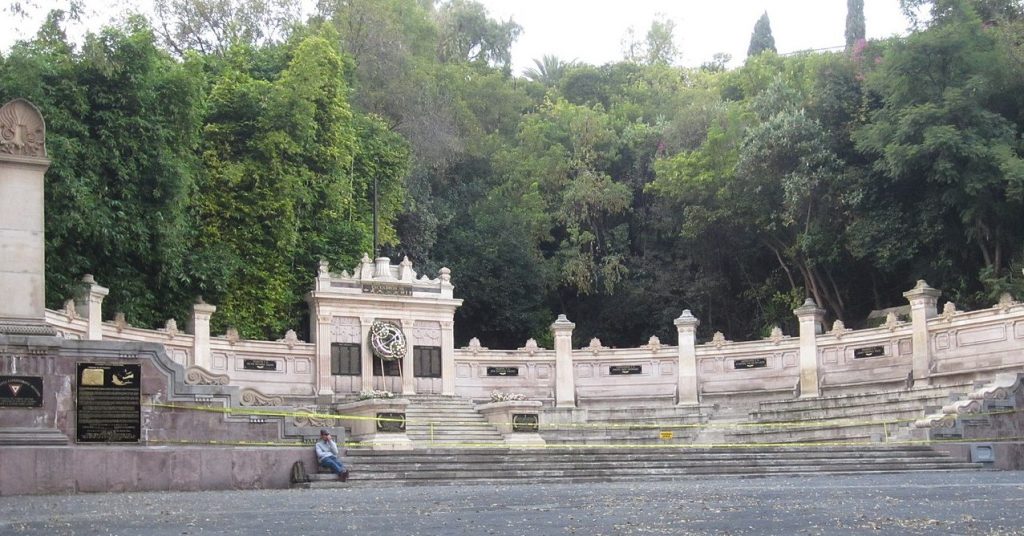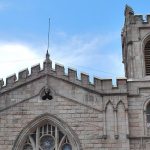
The Tribuna Monumental pays tribute to the heroes of the Mexican army who bravely fought on the Pacific front during World War II, as part of the 201st Squadron.
This space, with its hemicycle shape and steps that evoke a Roman tribune, dates from the early twentieth century and is the work of architect Nicolás Mariscal.
On the main wall of the structure, bronze plaques immortalize the names of the members of the squadron, while on the two pillars rest the remains of Lieutenant José Espinosa Fuentes and Sub Lieutenant Mario López Portillo.

Nearest at 0.02 kms.

Nearest at 0.13 kms.

Nearest at 0.14 kms.

One of Chapultepec's more sublime historic homes is a cultural center, too.

One of Avenida Madero's most famous corners . . .

A historic Methodist church on the Avenida Balderas . . .

The National Art Museum in Mexico City's Centro Histórico is always going to be a holiday highlight.

A sublime Italian Renaissance style has greeted passersby for nearly 120 years. Here's what it's about.